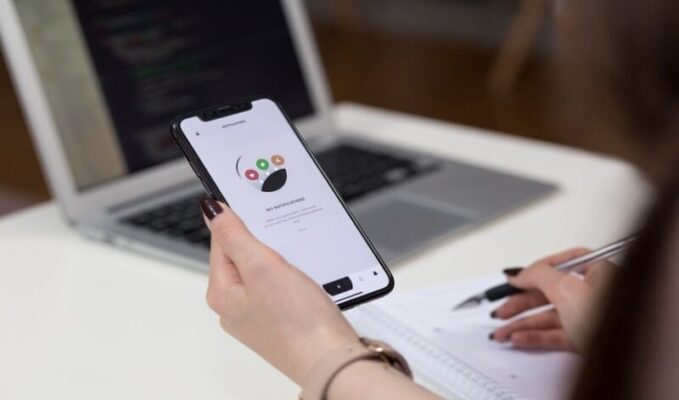Digital banking is the primary mode of banking and financial services institute. This means that banking apps require thorough and specialized testing. Software testing is crucial to the quality of banking apps. Both web and mobile app testing ensure that your apps are secure and reliable for customers. Experts speculate that the year 2021 will be a different and historic year for banks. It will be the first time that mobile banking will almost eliminate the need for clients to visit the banks anymore. With this exponential growth in digital banking, bank branches are expecting to see a decline in traffic. So typical customers will not require visiting a bank branch in years. Although we know COVID19 is an obvious factor, it is difficult to deny the convenience of online banking. Although demographics are changing a great deal, consumers are more conscious of using digital apps due to lockdown orders in different countries. Thus, it becomes important for businesses to invest in a mobile app testing company to ensure quality banking apps.
Testing to Ensure Defect-free Banking Apps
Online banking is critical to consumers, and in order to keep them safe, secure, it is important to release reliable banking apps. Banks need to comply with strict regulations which mean banks and financial institutions need to ensure that their web and mobile banking apps provide a good user experience.
Following are a few important factors that banks need to consider to test their web and mobile banking apps:
Large Amounts of Tests and Data
We know that banks require large-scale testing. As a result, they need to process large quantities of data. In order to do so, banks need a platform that enables app testing at scale and efficient test reporting analysis.
Legal and Data Security Compliance
Banks need to meet strict regulations and should be able to prove their compliance with standard data security policies.
Authentication and Security Requirements
We know banking apps contain highly sensitive customer data and information, so they require advanced authentication and security. They need to support and test features like two-factor authentication, face ID, Touch ID, and SMS message notifications.
Customer Support Chatbots
To provide 24/7 assistance, banks are not setting up chatbots and assistants. Thus, banks need to test these services as well.
Banking Sector has Specific Use Cases
In addition, a mobile app testing company needs to test a number of common use cases on both, web and mobile apps, that include:
Digital Services:
- Booking an appointment
- Locating an ATM/branch
- Online/cheque deposits
- Transactions, payments, and bill payments
- Card services (lock, activate, and unlock)
Account Management:
- Update personal information
- Block transactions and capture fraud
- Register new devices to profile
Essential Tips for Testing Banking Apps
Following are a few best practices and recommendations for testing web and mobile banking apps:
Also read: Top Banking App Testing Companies
Prioritize Cross-Platform Test Coverage
It is critical for web and mobile banking apps to work efficiently across all platforms. This can be done with the help of cross-browser testing to ensure that apps work on any browser/OS combination. They need to test on both the existing and older versions of these browsers in order to ensure that all users can have a good user experience.
In order to make all your mobile apps function flawlessly across different types of mobile devices, including Android and iOS, with all the variations that these platforms offer for different devices. Besides platform coverage, they also need to test scenario coverage. They should prioritize top use cases such as depositing cheques and making transactions successfully, as a part of the testing strategy.
Adopting Accessibility Testing in the Early Stages
Accessibility testing enables an app to work for those with disabilities. It ensures that all users can access the web and mobile apps and also meet the compliance and legal requirements, which saves time and huge costs. Mostly, accessibility testing is performed at the end of the development cycle, which brings surprises for the testing teams and can also cause inconvenience to the end-users.
Testing Under Real-User Conditions
Although some apps may work fine under ideal conditions, yet it is important to ensure that they work efficiently otherwise too. It is critical to apply real-user conditions to tests in order to see how banking apps work with poor network coverage, peak usage, etc. Real-user simulation can help in providing a better experience to customers in all environments.
Conclusion
Although banks require testing a large amount of data, they need to have a rigorous testing strategy. This is only possible when firms hire a reliable banking app testing company with built-in test failure analysis to help teams identify and fix issues quickly.
Ray is a Marketing Consultant at Software Development Lead. He loves to write tech-related news, articles, specifically quality assurance and information security. Apart from his techie appearance, he enjoys soccer, reading mysteries, and spending long hours working over at the New York office.





